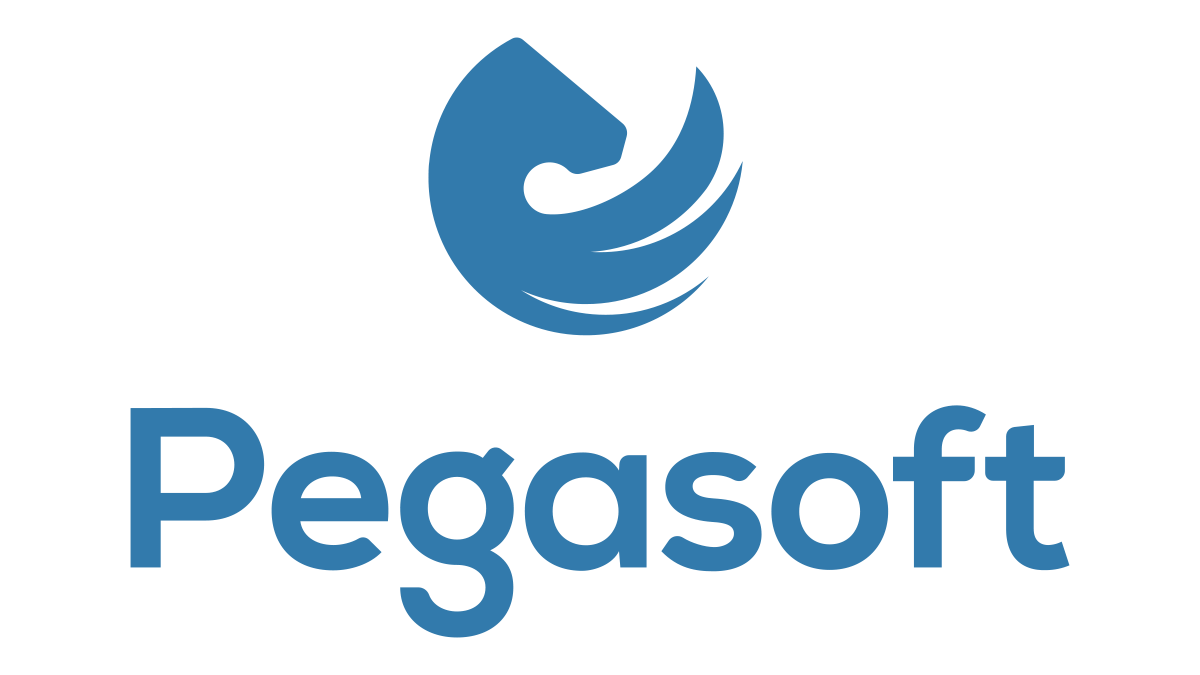Mission 6 of the National Recovery and Resilience Plan (PNRR) focuses on the health, with specific reforms and investments.
The modernisation and digitalisation of healthcare in Italy is of strategic importance, especially at this historic moment as the country emerges from the Covid-19 emergency.
A new way of understanding healthcare
Re-imagining healthcare with a focus on greater efficiency to ensure more streamlined and effective care pathways for patients through digitisation is at the heart of Mission 6 of the PNRR (National Recovery and Resilience Plan). Divided into components, reforms and investments, this mission has a budget of €15.63 billion, rising to €20.23 billion with the contribution of other complementary funds.
Specifically, Mission 6 on Health has two basic components:
- Proximity networks, intermediate structures and telemedicine for territorial health care:
Interventions under this component aim to strengthen services at local level by improving and creating local structures and facilities (such as community health centres and community hospitals), reinforcing home care, developing telemedicine and better integrating all social and health services. A total of €7 billion will be invested in these major measures. - Innovation, Research and Digitalisation of the National Health Service (SSN):
Activities under this component will enable the renewal and modernisation of existing technological and digital structures, the completion and dissemination of the electronic health record (EHR), and improved capacity to deliver and monitor essential levels of care (ELCC) through more effective information systems. Significant resources will also be devoted to scientific research, technology transfer and strengthening the skills and human capital of the SSN, including through improved staff training. This component also includes investments aimed at the replacement of medical equipment, the digitalisation of level I and II Emergency and Admission Departments (DEA), the modernisation of intensive and semi-intensive care beds, and all measures necessary to make hospitals and care centres safer and more sustainable. The total investment for this component is €8.63 billion.
PNRR and data enrichment in healthcare
Among the government’s priorities outlined in the PNRR is a strong focus on data management and improvement in healthcare, with a data-centric approach. The plan allocates €1.67 billion to strengthen the Ministry of Health’s New Health Information System (NSIS). Specifically, in addition to improving the infrastructure for data collection, the plan includes the development of advanced analytical tools to study complex phenomena and predictive scenarios to improve the ability to plan health services and detect emerging diseases.
Once anonymised, patient histories can be analysed by artificial intelligence software to identify the set of relevant variables for making accurate diagnoses or indicating the best personalised treatment path. This algorithmic capability can be a valuable decision support tool to help doctors make the right decisions by extracting insights and making them available to specialists.
It is clear how data can enable organisational innovation. However, realising the vision of data-centric healthcare will only be possible with the contribution and collaboration of regions, healthcare companies and private entities. For this to happen, a common set of tools must be available to all stakeholders, ensuring full interoperability.
In addition, and closely related to Component 1 of the mission on the development of telemedicine, infrastructure investments will also aim to create a national platform for managing the supply and demand of telemedicine services provided by accredited entities. It is therefore clear how important it is, from a technological point of view, to adopt international best practices, to aggregate offers in large partnerships for the benefit of the country, and to support the digitalisation of healthcare on internationally robust and efficient technological platforms. These platforms should make it possible to redesign organisational processes, optimising and adapting them to the new model introduced by the PNRR.
PNRR and Electronic Health Record
Among the pillars of the healthcare strategy is the dissemination and consolidation of the Electronic Health Record (EHR), a digital platform whose potential remains underutilized due to its limited awareness among citizens. Investing in its spread and accessibility is therefore necessary to collect patients’ health and non-health information, ensure integration between public and private healthcare in a framework of interoperability among regional systems, and build simulation and predictive tools for the population’s health needs.
For these reasons, the PNRR dedicates a specific section to the FSE, with a budget of €1.38 billion to “improve the FSE to ensure its dissemination, uniformity and accessibility throughout the national territory by patients and health care providers”.
Feasibility studies for the implementation of new information flows at national and regional level should be completed by 2022, while the target for 2026 is to digitise one billion documents. By 2024, new information flows should be implemented at national and regional levels, and by 2026, the technological and application infrastructure of the Ministry of Health should be operational, with the activation of a dedicated platform and portal.


